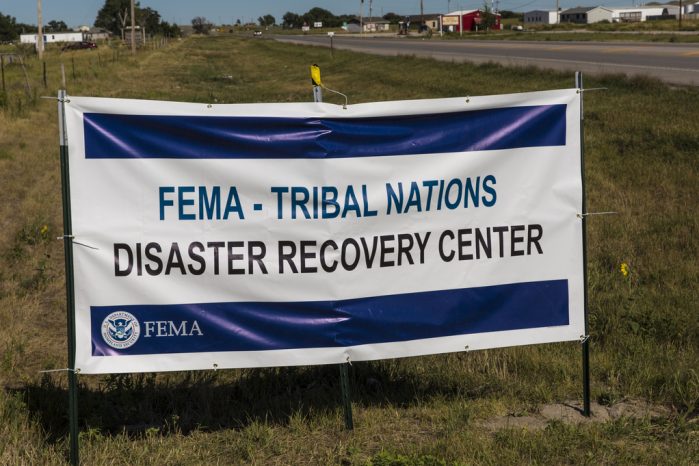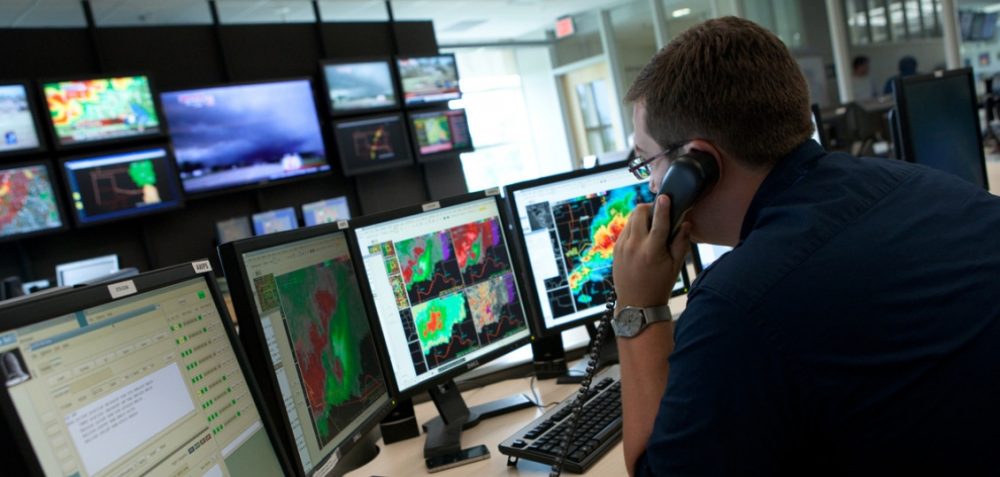FEMA Disaster Declarations Explained
I was recently asked by a colleague to explain the various types of FEMA disaster declarations. Though I’m not an expert in the dissemination of FEMA information, I have quite a bit of experience with disaster declarations through a career in recovery work. First, it helps to understand how a community gets a FEMA disaster […]

I was recently asked by a colleague to explain the various types of FEMA disaster declarations. Though I’m not an expert in the dissemination of FEMA information, I have quite a bit of experience with disaster declarations through a career in recovery work.

First, it helps to understand how a community gets a FEMA disaster declaration. In order for a major disaster to be declared, the Governor of a disaster-impacted state must first submit a request for assistance to the President. The request has to explain how the disaster is of such severity and magnitude that an effective response is beyond the capabilities of the State and affected local governments. Also worthy of knowing, is the latest Stafford Act amendment in 2013 gave Tribal governments the right to directly apply to FEMA without going through their state’s Governor’s office. This was the case with the Oglala Lakota Sioux tribe and the Pine Ridge recovery effort.
To put it in layman’s terms there are basically two categories of FEMA declarations that result in different programs being made available to communities and those impacted by the disaster for recovery.
1. A Public Assistance (PA) declaration helps a state (75/25 match) offset costs incurred by any state/county/city entity for the repair of public infrastructure (roads and bridges), costs associated with response (overtime for police officers, for example) and other costs a government entity might incur while responding to a natural disaster (debris removal).
2. An Individual Assistance (IA) declaration allows for direct grants to individual households/homeowners (IHP) with a maximum grant amount of approximately $30K. The average grant is around $5000. Additional assistance can come from the Other Needs Assistance (ONA) program to pay for personal expenses such as funeral costs, medical costs and some personal property losses.
FEMA can also make Small Business Administration (SBA) low interest loans available to homeowners (even when an IA is not declared) for home repair and personal property replacement. In the case where a home is completely destroyed or ruled uninhabitable, a loan can be secured to purchase a new home. These loans are often available to families who might not normally qualify for a loan.
Some states have various grants or low interest loan programs of their own that can be utilized after a disaster. But it is important to understand, if there is a FEMA IA or SBA declaration, those federal funds must be used before the state funds can be applied for and allocated to an individual/ homeowner. This is called the Sequence of Delivery to insure no duplication of benefits.
For more information:
More like this

Partnering for Pine Ridge Recovery

